STEAM Mastery, discovering diseases with astuteness
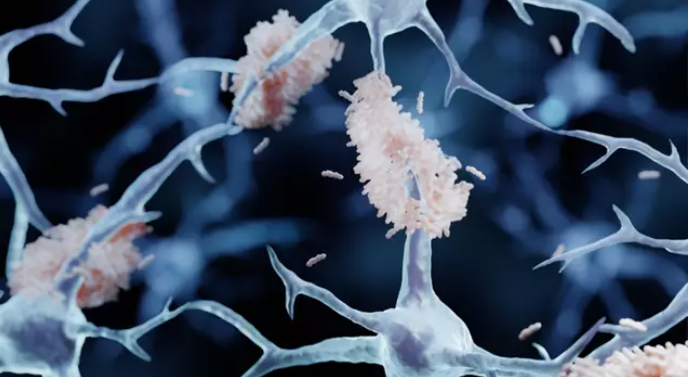
Hey, science adventurers! Ready to dive into the intriguing world of proteins and their traps at the nano level? Today we’re going to talk about something so small that it makes ants look like giants: the proteins that form clumps in diseases like ALS, Alzheimer’s and Parkinson’s! Imagine these proteins as the bad guys in a movie, accumulating in our bodies and wreaking havoc, but don’t worry, because ingenious scientists at Chalmers University of Technology, Sweden, have devised a crazy method to trap these proteins in hair-sized traps. “We believe that our method is like opening the door to a new world of knowledge about complicated diseases,” says Andreas Dahlin, the master of ceremonies of this scientific experiment.
These traps are like the smallest doors in the world, but instead of taking you to Narnia, they take you to the fascinating world of proteins at the microscopic level. Imagine these traps as little boxes where the proteins are the stars, and we are the curious onlookers! And why is this so exciting? Well, these traps allow scientists to study how proteins interact when they are still microscopic babies, before they become giant monsters in the human body; it’s like watching the beginning of an epic movie, but on the smallest scale imaginable.
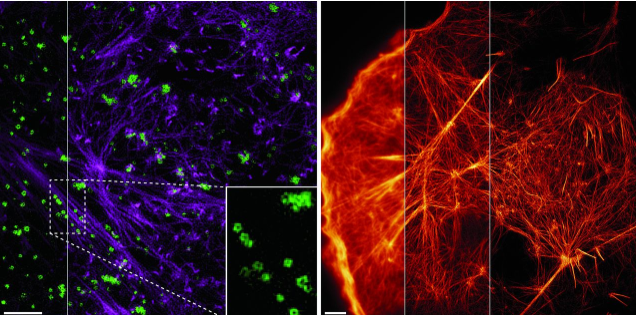
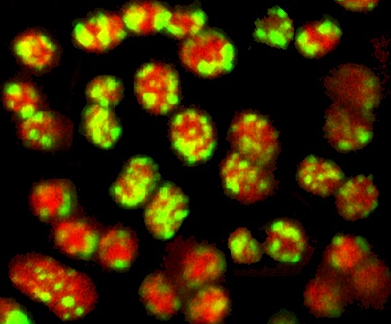
The proteins, instead of running loose, are trapped inside these nano chambers, as if they were at an exclusive protein-only party. And here’s the magic! Because they are confined, scientists can observe them for much longer and understand how they group and dance together – it’s like a dance club at the molecular level. Andreas Dahlin tells us that this method may be the key to understanding the early and dangerous processes of a lot of diseases, and even finding ways to stop them in their tracks! Imagine this as the rockstar of science, giving an epic concert at the microscopic level.
Now, don’t think this is black magic, the traps they have created are like polymer brushes in the mouth of nanometer cameras. A brush that is not for hair, but for proteins! After a special chemical treatment, the proteins are attracted to the walls of these chambers, and then close the doors! The proteins are trapped and begin to mix, as in a scientific dance floor. The ultimate goal here is to customize these traps to catch specific disease proteins, as if we were training these traps to be specialized detectives. Andreas and his team are at it, working to make these traps the best protein hunters in the world. So, in short, we’re talking about scientists catching proteins in tiny traps to understand how they become problematic! Isn’t that cool? Even proteins have their own microscopic drama! Stay curious, you rebellious scientist!

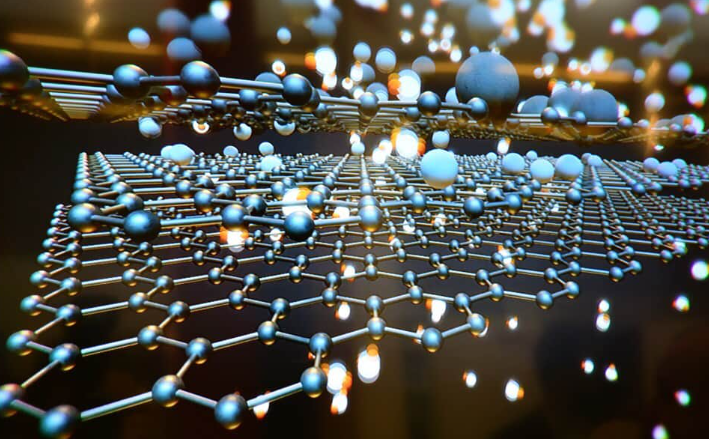
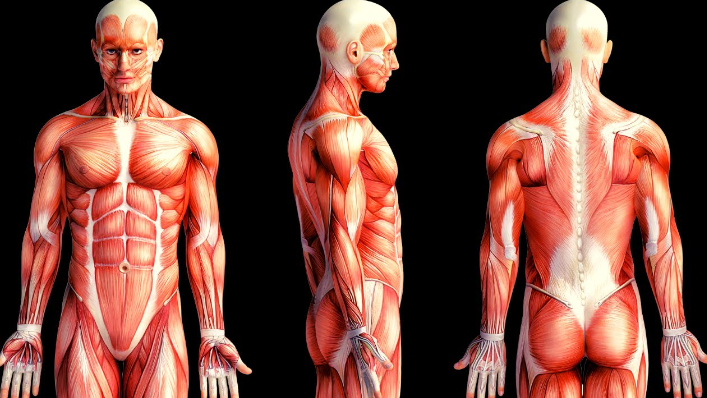
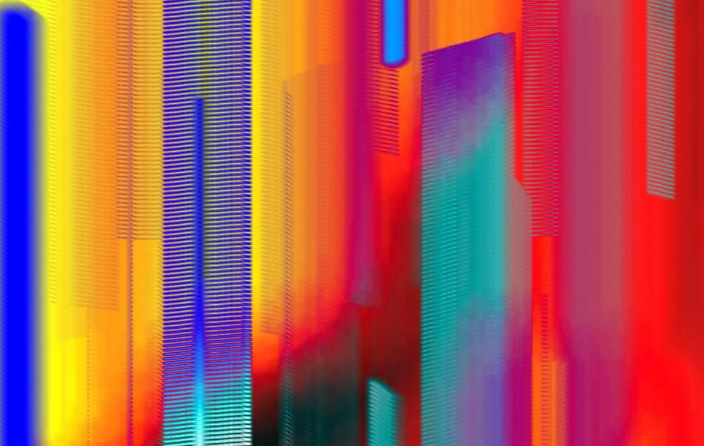
Responses